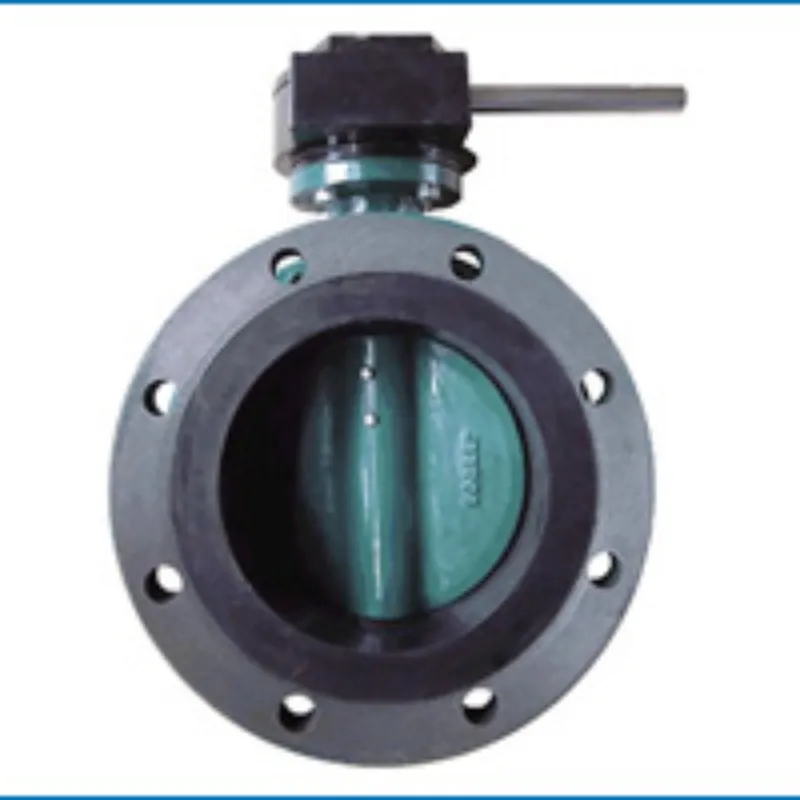Dek . 09, 2024 17:45 Back to list
High-Quality Stainless Steel Butterfly Valves for Reliable Flow Control Solutions
The Stainless Steel Butterfly Valve A Versatile Solution for Flow Control
In the world of industrial fluid control, the butterfly valve has emerged as a favored choice for its simplicity, efficiency, and exceptional performance. Among the various materials used in the manufacture of these valves, stainless steel stands out as a premier option, providing durability and corrosion resistance. This article explores the significance, applications, and advantages of stainless steel butterfly valves in various industries.
What is a Butterfly Valve?
A butterfly valve is a type of quarter-turn valve that is used to control the flow of liquids or gases through a system. It consists of a circular disc or blade that is positioned in the center of a pipe. When the valve is in the open position, the disc is rotated parallel to the flow direction, allowing the fluid to pass through unhindered. Conversely, when the valve is closed, the disc is rotated perpendicular to the flow, effectively blocking it.
The Significance of Stainless Steel
Stainless steel, an alloy primarily composed of iron, chromium, and nickel, offers several advantages that make it an ideal material for manufacturing butterfly valves. Its inherent corrosion resistance is crucial, especially in industries where the valve is exposed to harsh chemicals or extreme environments. Stainless steel also boasts high tensile strength, ensuring that the valve can withstand high-pressure conditions without compromising its structural integrity.
Advantages of Stainless Steel Butterfly Valves
1. Corrosion Resistance One of the primary benefits of using stainless steel for butterfly valves is its resistance to rust and corrosion. This property is especially important in industries such as water treatment, chemical processing, and food and beverage production, where the valves may come into contact with corrosive substances.
stainless steel butterfly valve

2. Durability and Longevity Stainless steel butterfly valves are known for their durability. They can endure extreme temperatures and pressures, making them suitable for a wide range of applications. This durability leads to longer service life and reduced maintenance costs, ultimately benefiting the bottom line for businesses.
3. Compact Design The compact design of butterfly valves allows for easy installation and minimal space requirements. This is particularly advantageous in installations with limited space, where larger valve types would be impractical.
4. Quick Operation Butterfly valves operate with a simple quarter-turn mechanism, enabling rapid opening and closing. This swift action is critical in processes requiring precise flow control, such as in emergency shutdown systems.
5. Versatile Applications Stainless steel butterfly valves find applications across numerous industries, including HVAC, water treatment, food and beverage, oil and gas, and pharmaceutical manufacturing. Their versatility makes them suitable for both on-off and throttling applications.
6. Cost-Effectiveness While stainless steel may have a higher initial cost compared to other materials, its longevity and reduced maintenance often result in lower lifetime costs. For industries that prioritize reliability and efficiency, stainless steel butterfly valves are a cost-effective choice in the long run.
Conclusion
Stainless steel butterfly valves provide a robust solution for fluid control in a variety of industrial applications. Their unique combination of corrosion resistance, durability, compact design, and quick operation makes them a preferred choice among engineers and manufacturers. As industries continue to evolve and demand more efficient and reliable solutions, the importance of stainless steel butterfly valves will undoubtedly grow. Investing in these valves is not only a step towards ensuring operational efficiency but also a commitment to quality and sustainability in fluid management practices.
Share